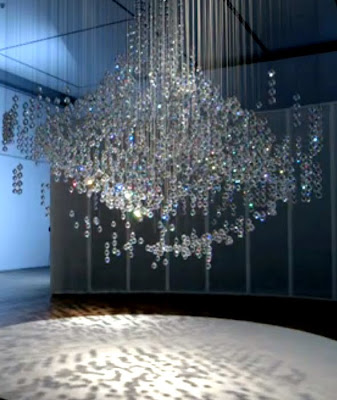Fig.1. YouTube video for the Museum of London's NFC initiative in 2011
Having picked through links that came to a dead end in a fascinating paper on the variety of technologies and tactics being used by museums in relation to mobile learning I started to see and read more and more about the use of QR codes (those matrix two-dimensional barcodes you use with a smartphone) and NFC 'Near Field Communication' which is becoming an industry in its own right.
Having been kept awake at night about a need for 'constructing knowledge' rather than being fed it I knew that visitors, students especially, need to engage with their surroundings by somehow seeking and constructing their own views.
Without QR and NFC the simplest expression of this is taking notes, and or photographs of exhibits - not just selfies with a mummy or your mates. Possibly doing bits of video. And from these images cutting/editing and pasting a few entries in a blog, Prezi or SlideShare. QR and NFC feed the visitor controlled and curated bite-size nugets, so more than just a snap shot, you can have audio and video files, as well as more images and text.
Fig.2. South Downs Way QR Code.
Successful trials mean that these have spread. Funny I've not noticed them living in Lewes and walking the dog most days on the South Downs. I'll take a look. NFCs have been used extensively, for 90 exhibits, at the Museum of London - so a visit is required. Though I won't be ditching my iPhone. Apple does not support NFC believing that the technology is still in its infancy ... like Flash, like Betamax and VHS, and all that stuff, a battle will be fought over the NFC benchmark.
So 60% penetration of smartphones in the population ... most of all of which can use a QR code, but less using a early version of NFCs. My experience?
Fig.3. QR Codes at the Deisgn Museum
Last year a visit to the Design Museum I found the 'Visualizing the mind' exhibition littered with QR codes.
They didn't work. Just as well they had ample computers. How often do organisations jump on the IT bandwagon only for a couple of wheels to fall off further down the road?
Fig.4. Evie
Meanwhile I'm off to walk the dog .. then using a trip to see Gravity at the Odeon Leicester Square with my kids to include an educational tour to the Museum of London (always handy to have a teenager around when using mobile technology).
REFERENCE
'REPORTING RESEARCH' 2013, Interpretation Journal, 18, 1, pp. 4-7, Academic Search Complete, EBSCOhost, viewed 10 November 2013.



